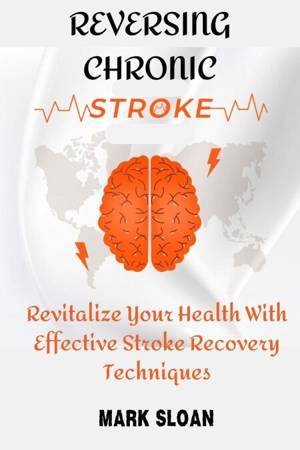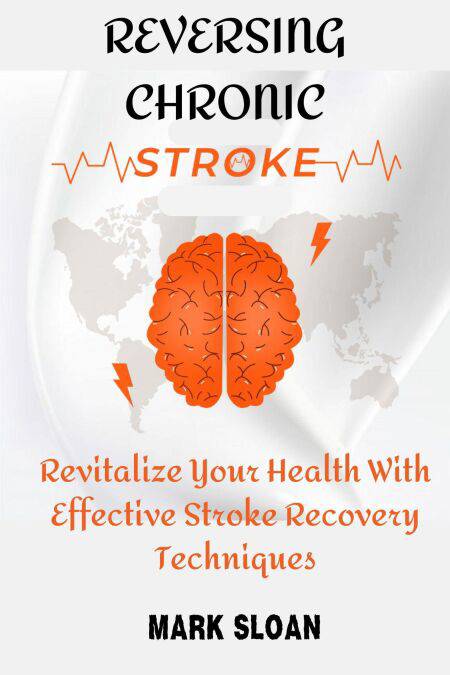
- Retrait gratuit dans votre magasin Club
- 7.000.000 titres dans notre catalogue
- Payer en toute sécurité
- Toujours un magasin près de chez vous
- Retrait gratuit dans votre magasin Club
- 7.000.000 titres dans notre catalogue
- Payer en toute sécurité
- Toujours un magasin près de chez vous
Reversing Chronic Stroke : Revitalize Your Health With Effective Stroke Recovery Techniques EBOOK
Mark SloanDescription
A reality check is long overdue—nearly 800,000 strokes in the United States each year, with one in four survivors facing another stroke within five years. This isn't just about the numbers, it's about the person behind them, the families intertwined in the struggle, and the professionals seeking ways to turn the tide on this national health crisis. Chronic stroke recovery is more than just surviving the event; it's about regaining control, reawakening the mind and body, and refusing to let the condition define your future.
Chronic stroke doesn't just alter your life overnight; it lingers, casting a shadow on the days, months, and even years that follow. But here's where the shift begins—understanding that recovery isn't just possible, it's within reach. Picture the tens of thousands of Americans who, year after year, are caught in the grips of long-term disability, their lives seemingly paused as they navigate the maze of limited mobility, speech difficulties, and emotional upheaval. What if there was a way to cut through the confusion, to break free from the chains of a stroke, and to not just live, but thrive?
The statistics paint a bleak picture—over 140,000 Americans die each year from stroke-related complications, and the cost to the healthcare system? A staggering $34 billion annually. But numbers alone don't capture the personal toll—the missed moments, the lost opportunities, the everyday battles faced by those left picking up the pieces. That's where innovation steps in, with methods that don't just treat the symptoms but address the whole person—mind, body, and spirit.
Recovery is personal, but it's also collective. The techniques and strategies within this guide offer more than just a roadmap; they provide the tools to reclaim what's been lost and, in many cases, to build something even stronger. Picture a man in his 50s, once active, now confined by the residual effects of a stroke, finding hope in exercises tailored to rewire his brain and rebuild his strength. Imagine a woman in her 60s, struggling with speech, discovering breakthroughs in communication techniques that reconnect her with the world around her. These aren't just stories—they're the outcomes waiting to unfold for the millions affected by stroke.
There's no time to waste—every moment counts when it comes to recovery. The techniques laid out aren't just theoretical; they're practical, proven, and most importantly, adaptable to the unique needs of each individual. In a landscape where so many are left to navigate recovery alone, this approach provides the lifeline that bridges the gap between clinical care and everyday life, offering hope where there was once despair.
Imagine a future where chronic stroke isn't a life sentence, but a challenge met head-on with the full force of modern recovery techniques. This is about more than just regaining what was lost—it's about reimagining what's possible, about setting a new standard for what recovery can look like in the 21st century. It's about creating a legacy of resilience, where the stories of those who've overcome the odds inspire others to do the same.
The clock is ticking, but it's not too late to rewrite the story of stroke recovery in America. This isn't just another guide—it's a movement, a shift in how we approach one of the most pressing health issues of our time. The power to change the future of chronic stroke recovery is in our hands—now it's time to act.
Spécifications
Parties prenantes
- Auteur(s) :
- Editeur:
Contenu
- Langue:
- Anglais
Caractéristiques
- EAN:
- 9798227356918
- Date de parution :
- 17-08-24
- Format:
- Ebook
- Protection digitale:
- /
- Format numérique:
- ePub







